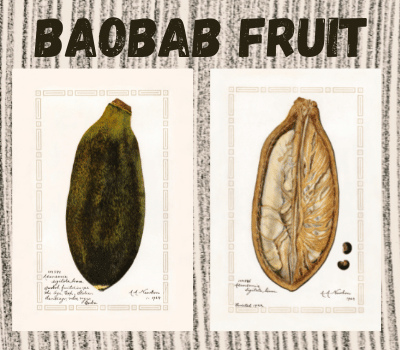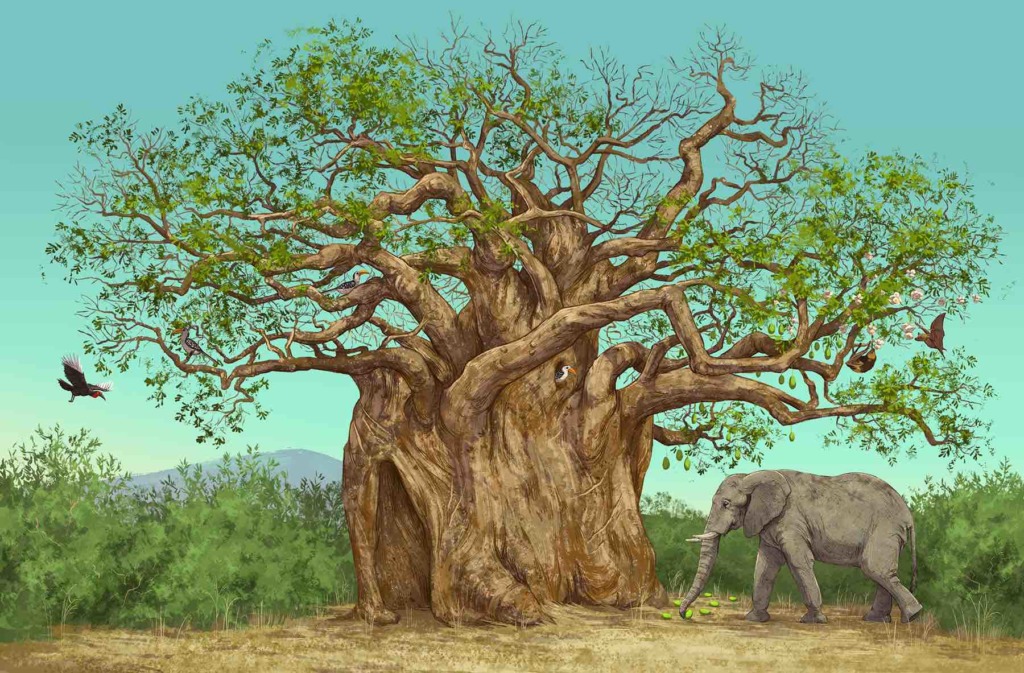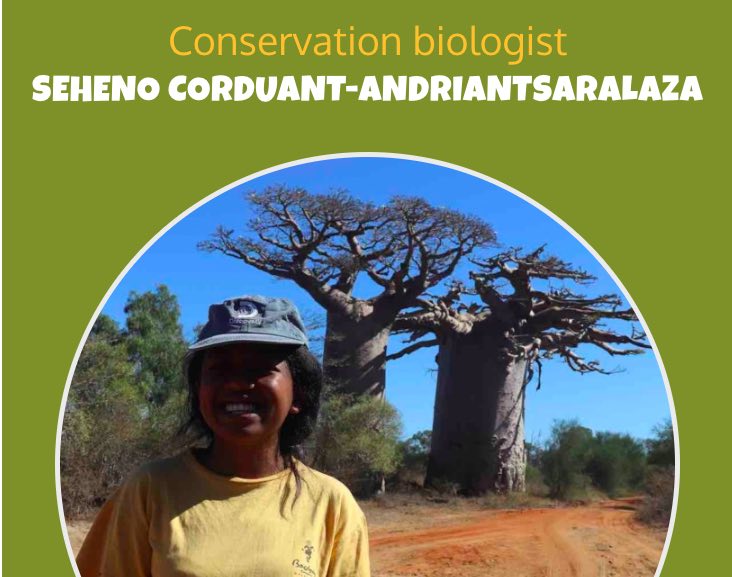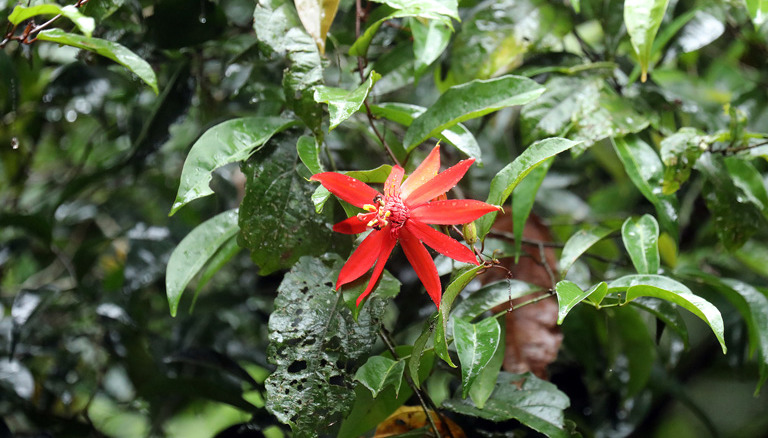By David Brown
Elephants strip off pieces of it for lunch, popping it into their mouths like giant potato chips. The southern ground hornbill makes its house inside of it, turning it into a cozy living room. Humans use the fiber from its bark as a material for making ropes, baskets, and many other items.
What is it? It is a baobab tree.

Baobabs are some of the oldest and largest trees on Earth.
There are nine species of them – six in Africa, two in Madagascar, and one in Australia (called the boab).
The most famous baobab species is called Adansonia digitata.
It is the baobab tree that grows across the savannas of Africa. It is named after a French botanist Michel Adanson, the first scientist to describe it. This baobab can grow to be more than 25 meters (80 feet) tall. It can live at least 1500 years!
How do baobabs grow?
The growth form of the baobab (the way the tree grows) is called a pachycaul. A pachycaul is a tall tree with a thick trunk and relatively few branches. The baobab grows thicker as it gets older, and a mature baobab can be as much as 10-14 meters (30-45 feet) in diameter.
The baobab is deciduous, meaning that it loses its leaves for some of the year. The baobab is actually leafless for as much as 9 months a year.
The branches of the baobab cluster at the top of the tree and look like roots when they are in their leafless state. This gives the baobab the nickname the upside-down tree.

From around October to December the baobab produces large white flowers. These flowers attract fruit bats, which sip up the nectar the flowers produce and get pollen stuck to them.
When a pollen-covered bat flies to the next baobab flower for its nectar snack, it pollinates that flower. When the flower is pollinated it develops a large fruit around the seeds.

The fruit drops to the ground. There it becomes a menu item for elephants, black rhinos, and antelope like elands. When the baobab seeds are eaten they pass through the digestive system of their eaters. In the time it takes to be pooped out, the animal has moved some distance away from the parent baobab of the seeds.
The seed eater helps the seed become a new plant by giving it a home away from other trees where it hopefully won’t have to compete for water, sunlight, and growing space from other trees. If the seed successfully germinates and becomes established, then after a few centuries it may become a grand baobab like its parents.

Baobabs are very important parts of their savanna neighborhoods.
They provide homes and food for many species of animals. The interior of the baobab stores water, a very valuable commodity in hot and dry savanna ecosystems. Elephants strip the bark off of the baobabs and eat it for its moisture. The baobab can usually regrow the bark, but the gashes of the elephants can leave scars.

Illustration: Kayla Harren. From Nature’s Giants magazine, courtesy of Wild Nature Institute.
Humans have a very long history with baobabs. Sometimes the massive trunks of a thousand-year-old baobab tree has a large hollow in it. Humans have used these hollows for livestock corrals, shelter from the sun, and sometimes even permanent homes. Many other animals use these hollows to nest and live in also.

Scientists have been studying the largest and oldest baobabs across Africa.
They have found what appears to be many of the largest baobabs dying off in the early years of the 21st century. Nobody is sure why this baobab die-off is happening.
Could it be global warming causing increasing droughts, pushing the oldest and largest baobabs beyond what they can tolerate? The baobab scientists across Africa are trying to figure this out so that these essential parts of the African savanna ecosystems can survive the 21st century and beyond.

Learn more about the baobabs of Madagascar
Read our interview with scientist Seheno Corduant-Andriantsaralaza. Learn about baobab seed dispersal and conservation issues in Madagascar.

More activities and stories about plants
Art activity: Make animals with leaves
Game: Leaf memory game
Game: Take the flower or not challenge
Get Outside: Go flower spotting
Comic: Show plants some love
Illustrated series: Talking to Plants
Story: The Martu people of Western Australia burn their land to help plants grow
Story: Kids help restore Brazil’s Atlantic Forest
Story: Indigenous knowledge helps protect the redwood forest
Story: Fabulous ferns found! Herbariums help scientists discover new plant species

